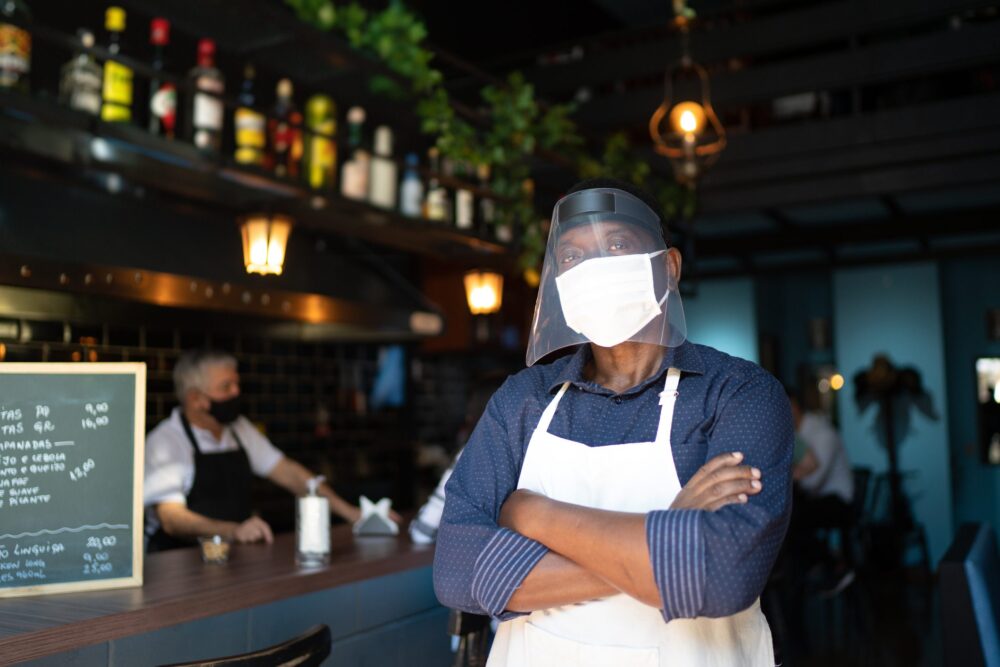Before the COVID-19 pandemic, could you define an essential worker? Few of us could, and that was a learning experience for all of us. The government, at different levels, decided that nobody could work in person except the employment positions that were being considered essential.
The job types in the United States of America that ended up being ruled essential were related to:
- Energy
- Child Care
- Water and wastewater
- Food and Agriculture
- Stores
- Transportation
- Non-profits
- Essential trades
These were the few trades that could be open and provide services at their original locations. Now, in the beginning, this often meant that to keep working, one needed to adapt to the new circumstances at the job site. At different periods, it was face masks, shields, and strict sanitization. There were also professionals in services or trades that could be done from home, so they, too, could continue to work. It was considered an honor to be in the few professions that could still work.
However, some essential workers became infected with the COVID, which left the others to compensate for the shortage of workers. Some of the remaining staff were doing double shifts, staying on the premises, or didn’t dare to go home because they always felt at higher risk of contaminating their family. This caused them to have difficulty finding help for their kids. There was no longer any in-person school, many parents were not home to do the teaching, and they couldn’t leave to transport children anywhere like daycare or tutoring.
As time went by, the remaining staff became burned out, overwhelmed, and felt helpless. Essential workers became more frustrated as they watched the furloughed people receive a high income from the Pandemic Unemployment Assistance (PUA) and the Texas Workforce Commission (TWC). Those that remained employed didn’t get either of these types of assistance. Essential workers should have received some financial assistance. It also should have been considered that they received something to help with the additional stress, suffering, shortages, work, burnouts, and helplessness.
When the vaccinations came about, yes, the essential workers were among the first to receive doses. However, by that time, they were the small population that was still working. These workers may have already been sick or just burned out with no government acknowledgment. Some essential workers were thrust further into debt because they had to find transportation, tutoring, private daycares, and sometimes work double shifts.
Essential workers didn’t get assistance from PUA and TWC. They still worked and provided for their families. Many still feel cheated and used because they kept the American dream of having a job. They didn’t turn down employment because the unemployment pay was better than working pay. Instead, essential workers stayed at their jobs and contributed to the economy.
So when is the government going to thank all the essential workers?

